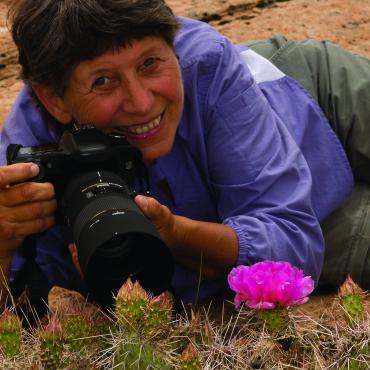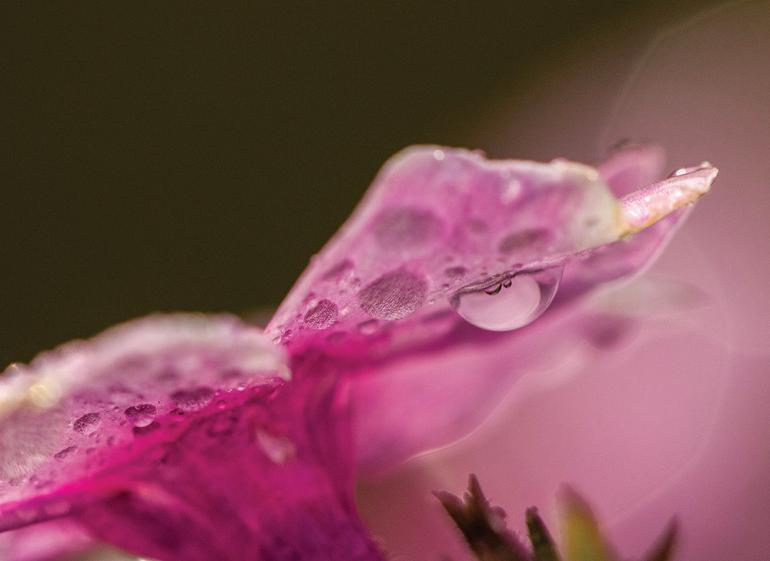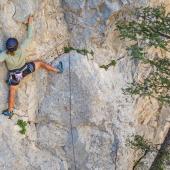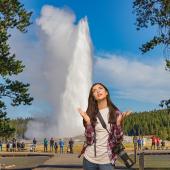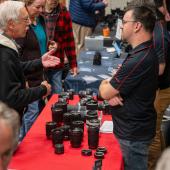The Art of Looking Beyond
Capturing spring's flowers through macro-photography.
My lens struggled to focus and suddenly my subject became a blur of pink, pastel shades. I gradually dissected it, petal by petal. In experimenting with what I wanted in focus, shapes and colors emerged into an intermingling of swirled forms. Water droplets glistened on the flower petals while the edges defined themselves against the soft background.
As though in hiding, the interior of an Echinacea is subdued by the muted colors of foreground petals. In macro-photography, the key technical element is experimenting with F-stop, or aperture opening, which is all about depth of field. In other words, where is my sharp focus and how much foreground and background do I want?
I call it “looking beyond,” while others say “looking through” the flower. Either way, it consists of not looking at the flower as a whole, but its makeup as individuals: the two-dimensional overlapping petals, with defined edges, show shape. Deep within the interior, the third dimension comes to life with different angles and depth.
I choose a flower to photograph not only for its variety of curving lines, but also for the contrast between the edges and background, which might be a petal from the same or another flower.Through the lens, I can make out patterns not witnessed by my naked eye. Intricate squiggles appear on the end of a shooting star; I see hanging anthers on the end of a lily’s filaments—always a challenge for composition. Calla lilies, poppies, and cosmos all take on different forms with their curvy edges framing them. At a wide-open F2.8, a sharp focus on the foreground anther of a sticky geranium will make the background soft. If I want the interior sharp, I’ll close my aperture toward F22.
Upon inspecting the flowers, I take note of invasive light, such as a glare of a pebble or grassy stem that will cause a “hotspot.” These areas distract the viewer from the subject. The intrusions aren’t immediate to the naked eye, but when looking through macro-lenses, hotspots become evident. Working with a dark background can really make the flower pop. Add some water spray with a little natural light to cast its glow, and the flower will come to life.
Carol Polich teaches photography and is a year-round freelancer. Her imaginative ideas for the next shoot never cease.
Macro Tips
You don’t always have to use a macro lens; extension tubes work great, too. Also look for close-up filters that screw directly onto your lens glass.
Play around with different distances between you and your subject. Knowing how close you want to be will help you decide which macro lens you want to invest in.
Depth of Field is a key technical part of macro-photography. F2.8-5.6 are considered wide-open apertures and will create a soft foreground while the background is sharp, or vice-versa. F8-F16 are smaller apertures which sharpen the field of view surrounding the main subject.
To get detail with natural light, photograph under high hazy or overcast skies.
Use a circular polarizer to help cut the glare or sheen on the flower.
Use a water spray bottle and add droplets to the flower.
—Carol Polich

